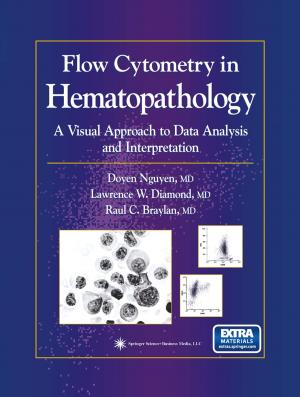| Author: | ISBN: | 9781475727531 | |
| Publisher: | Humana Press | Publication: | April 17, 2013 |
| Imprint: | Humana | Language: | English |
| Author: | |
| ISBN: | 9781475727531 |
| Publisher: | Humana Press |
| Publication: | April 17, 2013 |
| Imprint: | Humana |
| Language: | English |
My personal history in the field of cytokines had an initial period of several years during which my student and then colleague, Werner Muller, tried in vain to attract me to them. My interest always vanished when I was confronted with complex data pointing to func tional redundancy of cytokines in cell culture systems. When gene targeting in the mouse germline became possible, this frustration came to an end. We and others immediately embarked on analyzing the in vivo function of cytokines and the problem of functional redundancy with this powerful new approach. The early cytokine gene knockouts performed by colleagues in Wiirzburg (IL-2) and by ourselves (IL-4 and IL-l 0) seemed to give clear answers and at the same time led to surprises: Each of these cytokines apparently had its own special and irreplaceable function, and this function could be quite distinct from what had been anticipated from functional experiments in vitro. Al though the latter finding is of course a wonderful incentive for fur ther research, the former is pleasing in a general sense since it highlights the value of each of those one hundred thousand genes or so in our genome, cherished by evolution to become respectable mem bers of the community. Even in the present era of "genomics" there will be no way around the careful functional analysis of each gene by itself.
My personal history in the field of cytokines had an initial period of several years during which my student and then colleague, Werner Muller, tried in vain to attract me to them. My interest always vanished when I was confronted with complex data pointing to func tional redundancy of cytokines in cell culture systems. When gene targeting in the mouse germline became possible, this frustration came to an end. We and others immediately embarked on analyzing the in vivo function of cytokines and the problem of functional redundancy with this powerful new approach. The early cytokine gene knockouts performed by colleagues in Wiirzburg (IL-2) and by ourselves (IL-4 and IL-l 0) seemed to give clear answers and at the same time led to surprises: Each of these cytokines apparently had its own special and irreplaceable function, and this function could be quite distinct from what had been anticipated from functional experiments in vitro. Al though the latter finding is of course a wonderful incentive for fur ther research, the former is pleasing in a general sense since it highlights the value of each of those one hundred thousand genes or so in our genome, cherished by evolution to become respectable mem bers of the community. Even in the present era of "genomics" there will be no way around the careful functional analysis of each gene by itself.















